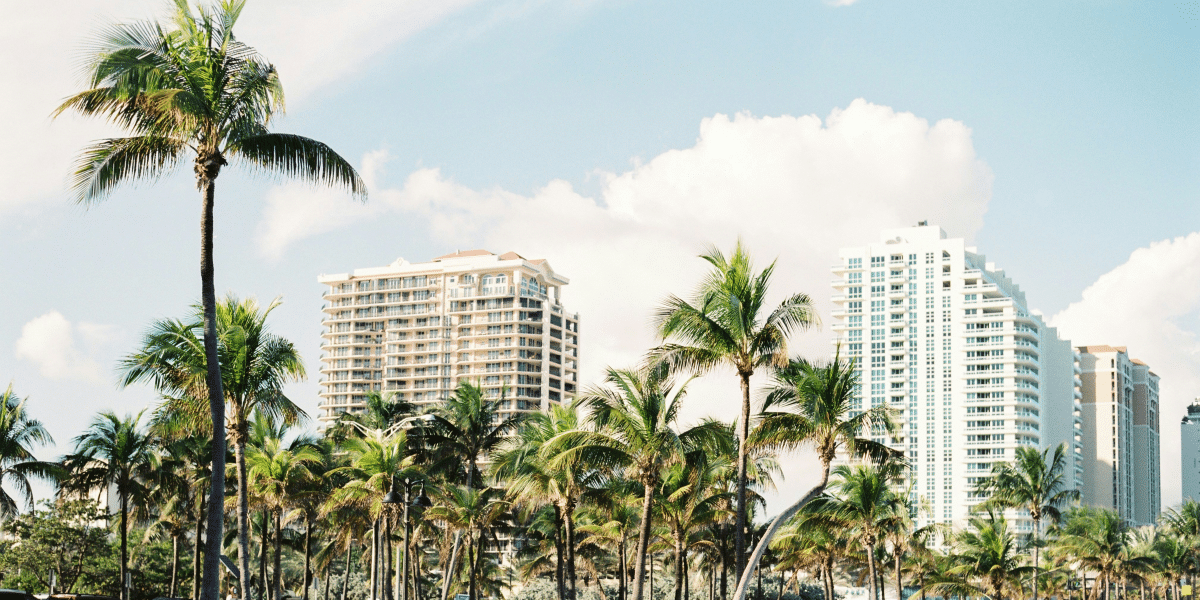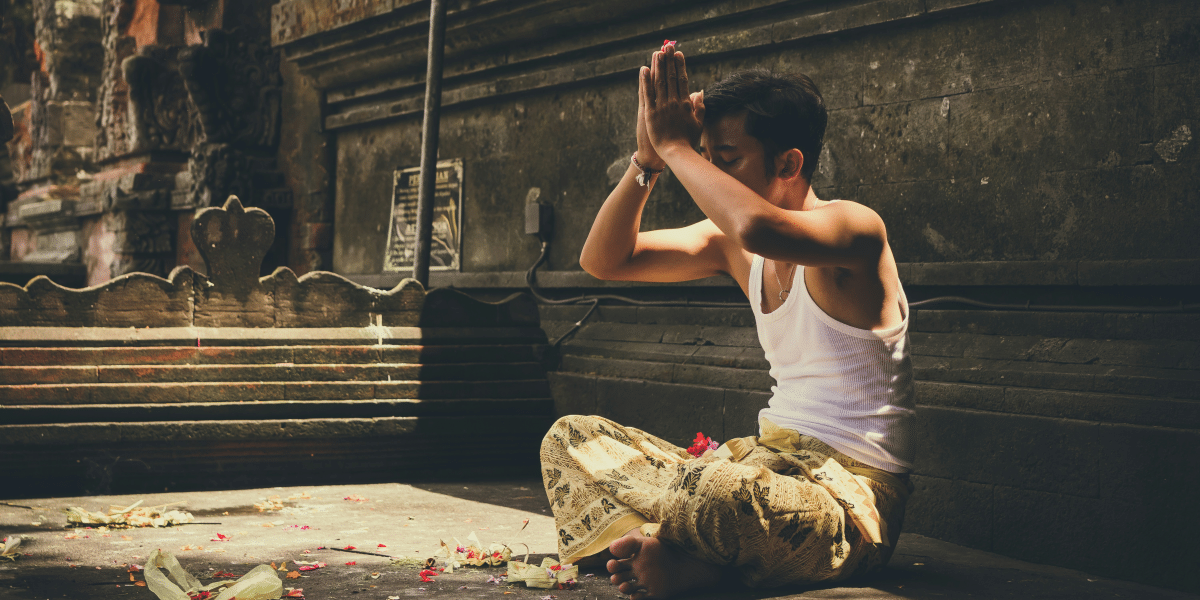Neon Nights: The Glamour of Lights
Miami’s South Beach is more than just sun and sand; it’s a journey back in time to an era of glamour and style. The Art Deco architecture that graces the streets is not just buildings; it’s a living, breathing testament to a bygone era, where pastel hues and neon lights defined the aesthetic. In this article, we take a stroll through this vibrant Art Deco Wonderland, discovering the charm and history behind Miami’s iconic South Beach architecture.
The first thing that captures your attention in South Beach is the riot of colors. Pastel pinks, blues, and yellows adorn the facades of buildings, creating a visually stunning panorama. This isn’t just random color; it’s a deliberate nod to the Art Deco movement of the early to mid-20th century. The soft hues are not just a treat for the eyes but a celebration of the period’s design principles.
As the sun sets, South Beach undergoes a magical transformation. Neon lights come to life, outlining the contours of the buildings and bathing the streets in a warm, nostalgic glow. It’s not just illumination; it’s a theatrical experience that transports you to the golden age of Hollywood. The neon signs, with their retro fonts and shapes, add a touch of drama to the already theatrical streets.
Walking Through History: The Art Deco Historic District
To truly appreciate the Art Deco wonders of South Beach, take a leisurely walk through the Art Deco Historic District. This designated area is a treasure trove of over 800 historic buildings, most of which were constructed between 1923 and 1943. Each building has a story to tell, reflecting the opulence and optimism of the Jazz Age and the Great Depression.
Ocean Drive stands at the epicenter of the Art Deco Wonderland. Lined with iconic hotels and restaurants, this bustling thoroughfare is a feast for architecture enthusiasts. The Colony Hotel, with its iconic pink facade, and the Versace Mansion, a remnant of the fashion designer’s legacy, are just a few of the landmarks that define Ocean Drive’s unique character.
Preservation Efforts: Safeguarding the Legacy
The preservation of Miami’s Art Deco heritage is no accident. It’s a result of dedicated efforts by the community to protect and showcase these architectural gems. The Miami Design Preservation League, founded in 1976, has been instrumental in raising awareness about the significance of Art Deco architecture and advocating for its preservation.
Miami’s Art Deco influence extends beyond the buildings. It has permeated popular culture, making appearances in movies, TV shows, and music videos. The iconic backdrop of South Beach has served as a canvas for countless artistic expressions, solidifying its status as a symbol of timeless style.
The Art of a Self-Guided Tour: Exploring at Your Pace
One of the joys of experiencing Miami’s Art Deco Wonderland is the freedom to explore at your own pace. A self-guided walking tour allows you to linger in front of your favorite buildings, capture Instagram-worthy shots, and absorb the energy of the streets. It’s not just a tour; it’s a personal connection with the history and aesthetics of a bygone era.
In the heart of Miami’s South Beach, the Art Deco Wonderland is not just a collection of buildings; it’s a living, breathing testament to an era defined by style, glamour, and resilience. The pastel-colored buildings and neon lights tell a story of a time when design was an art form, and Miami’s South Beach continues to be the canvas where this art comes to life. As you stroll through the streets, let the nostalgia of Art Deco transport you to a world where every building had a story, and every street was a stage for elegance and exuberance.








